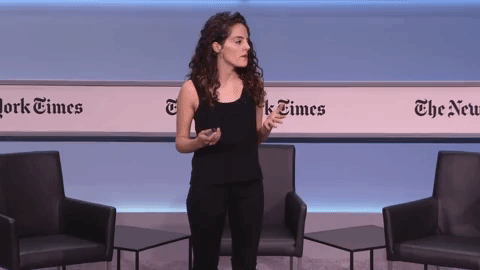Two new technologies born in Downtown Brooklyn made Popular Science magazine’s list of top inventions for 2017.
Uptane, a cybersecurity for cars project out of NYU Tandon, and goTenna, a decentralized cell network technology were listed in the magazine’s Best of What’s New feature, which it has been running for the last 30 years.
See the listgoTenna makes tiny, portable communications towers that turn your cellphone into both a receiver and a transmitter of cell signals, and which can communicate with any others in the device’s range. More than one of goTenna’s receivers creates a mesh network that expands the power of cell service area. The technology is great for campers and hikers outside of cell service in the wilderness but also has really interesting possibilities in the developing world, places where governments and companies don’t reach.
We listed goTenna’s founder, Daniela Perdomo, on our Brooklyn women founders you should know list this summer.
Uptane is the work of NYU Tandon professor Justin Cappos and collaborators from the University of Michigan Transportation Research Institute (UMTRI) and the Southwest Research Institute (SWRI). It’s an attempt to figure out how, in a world of autonomous cars, we maintain cybersecurity good enough so those cars aren’t getting hacked and driven off the road for ransom. The project has gotten funding from the U.S. Department of Homeland Security and is not a piece of antivirus software but rather a way of thinking about software security in vehicles that Cappos hopes will become the industry standard. It suggests a separation of duties for different parts of the car’s software system doing different tasks, and a threshold of signatures, where for important software functions more than one actor will have to sign off on making changes.
Before you go...
Please consider supporting Technical.ly to keep our independent journalism strong. Unlike most business-focused media outlets, we don’t have a paywall. Instead, we count on your personal and organizational support.
3 ways to support our work:- Contribute to the Journalism Fund. Charitable giving ensures our information remains free and accessible for residents to discover workforce programs and entrepreneurship pathways. This includes philanthropic grants and individual tax-deductible donations from readers like you.
- Use our Preferred Partners. Our directory of vetted providers offers high-quality recommendations for services our readers need, and each referral supports our journalism.
- Use our services. If you need entrepreneurs and tech leaders to buy your services, are seeking technologists to hire or want more professionals to know about your ecosystem, Technical.ly has the biggest and most engaged audience in the mid-Atlantic. We help companies tell their stories and answer big questions to meet and serve our community.
Join our growing Slack community
Join 5,000 tech professionals and entrepreneurs in our community Slack today!



